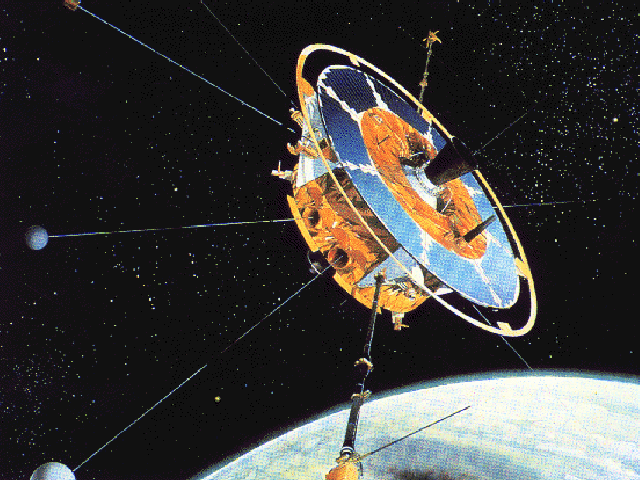COSPAR ID 1992-064A Website Freja at SCC Inclination 63° Period 1.8 hours Last contact October 1996 | SATCAT no. 22161 Launch date 6 October 1992 Inclination 63° | |
 | ||
Mission type Magnetospheric research Operator Swedish National Space Board Mission duration Primary: 2 years, 8 months, 24 daysTotal: 4 years Similar Viking, Astrid, Fast Auroral Snapshot, Odin, Dynamics Explorer | ||
FREJA was a Swedish satellite developed by the Swedish Space Corporation on behalf of the Swedish National Space Board. It was piggyback launched on a Long March 2C launch vehicle from Jiuquan Satellite Launch Center in China on October 6, 1992. The satellite total cost was 19 million U.S. dollars, excluding the costs for experiments.
It was funded with Swedish tax money through the Swedish National Space Board, donations from the Wallenberg Foundation and approximately 25% from the German Ministry for Science and Technology.
Experiments (payload)
References
Freja (satellite) Wikipedia(Text) CC BY-SA
